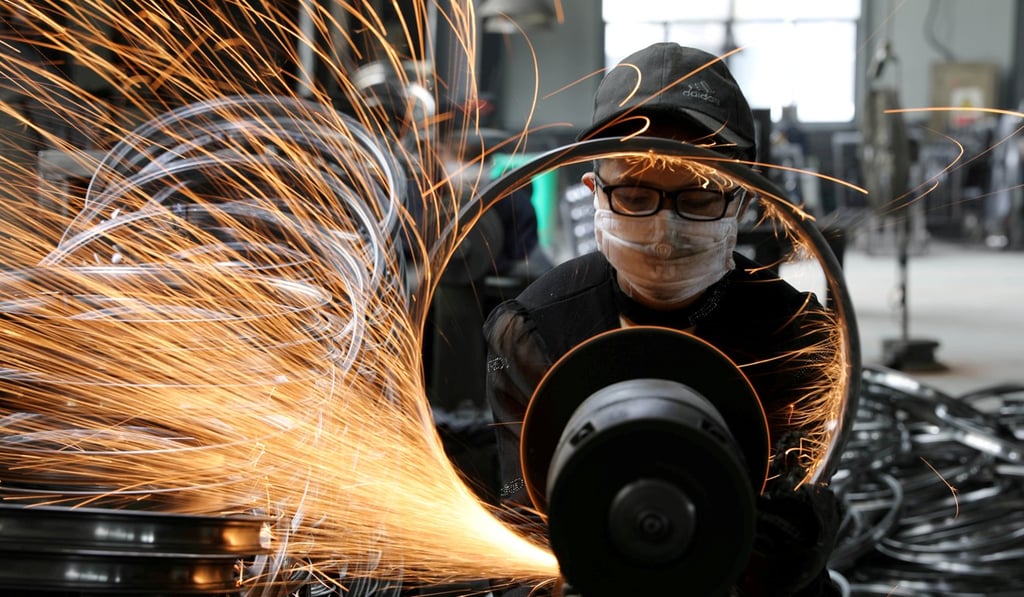Sino File | China’s miracle economy has a secret ingredient: cooked GDP books
- Why fear not making good that pledge about doubling the size of the economy when the figures can simply be massaged into place?

Perhaps the move should come as no real surprise. After all, other countries have done similar things in the past, though in China particularly it appears to be something of a habit. Beijing also revised up its GDP after its three previous censuses: by 16.8 per cent in 2004, 4.4 per cent in 2008, and 3.4 per cent in 2013. The revision in 2004 was helpful from a PR point of view, as it helped catapult China past Italy as the world’s sixth-largest economy. (The legacy effect was felt as China bypassed France in 2005, Britain in 2006, Germany in 2007 and Japan in 2010).
The latest change, claims the bureau, will not significantly influence the calculation for the 2019 growth rate. However, after the 2013 census, the bureau raised aggregate actual GDP growth from 2005 to 2013 by 1.05 percentage points.

The big issue here is that the bureau’s latest revision will have a very real impact on Beijing’s efforts to realise a goal of utmost political importance: its target of doubling the size of its economy between 2010 and 2020. Before the revision, it had seemed it might miss this highly symbolic target. To accomplish its 10-year programme, the government needs to achieve about 6.2 per cent annual growth in GDP both this year and next.
